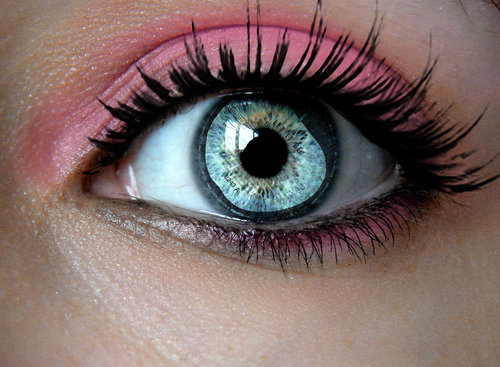
In addition to genetic testing, one of the most informative and useful tests we run is the HMT – Hair Mineral Test. Although named Mineral this test also detects toxic metals build-up. Here is a brief overview as to why:
• A stable biopsy material. Hair is a stable biopsy material that remains viable for years, if needed. It also requires no special handling, and can be mailed easily.
• Easy to measure mineral levels. Mineral levels in the hair are about ten times that of blood, making them easy to detect and measure accurately in the hair.
• Rapidly growing tissue. Hair is a fairly rapidly growing tissue. This enables one to obtain a recent biochemical picture of soft tissue metabolism.
• A non-essential, excretory tissue. The body often throws off toxic substances in the hair, since the hair will be cut off and lost to the body. This is very helpful to identify toxic metals, for example, and other things.
• Wide variation in the readings. Mineral levels are kept relatively constant in the blood, even when pathology is present. This must be done because blood touches all the body tissues, and too much variation is dangerous. This is the reason many people have normal blood tests even when they are quite ill.
• Hair minerals do not circulate, and pose no threat to the body. Values often vary by a factor of ten or much more, making measurement easier and providing a tremendous amount of accurate knowledge about the cells and the soft tissue of our bodies.
• Easier detection of toxic metals. Toxic metals are easier to detect in the hair than in the blood. The body quickly removes toxic metals from the blood, if it can. For this reason, most toxic metals are not found in high concentrations in the blood, except right after an acute exposure.
• In contrast, many toxic metals accumulate in the soft tissues such as the hair because the body tries to move them to locations where they will do less damage.
• A longer-term reading. Hair testing provides a long-term reading, while blood tests and urine tests provide a more instantaneous reading of the body. Both types of readings have value. For example, blood tests can vary from minute to minute, depending upon one’s diet, activities, the time of day and many other factors. This is beneficial in some instances, but is often less helpful when seeking an overall metabolic reading. At this time, (2015) blood tests do not work for nutritional balancing assessment.
This test can be run in conjunction with other diagnostic testing or as a standalone for use in our epigenetic programs or simply to provide a patient with a “blueprint” of what is going on inside at present.
